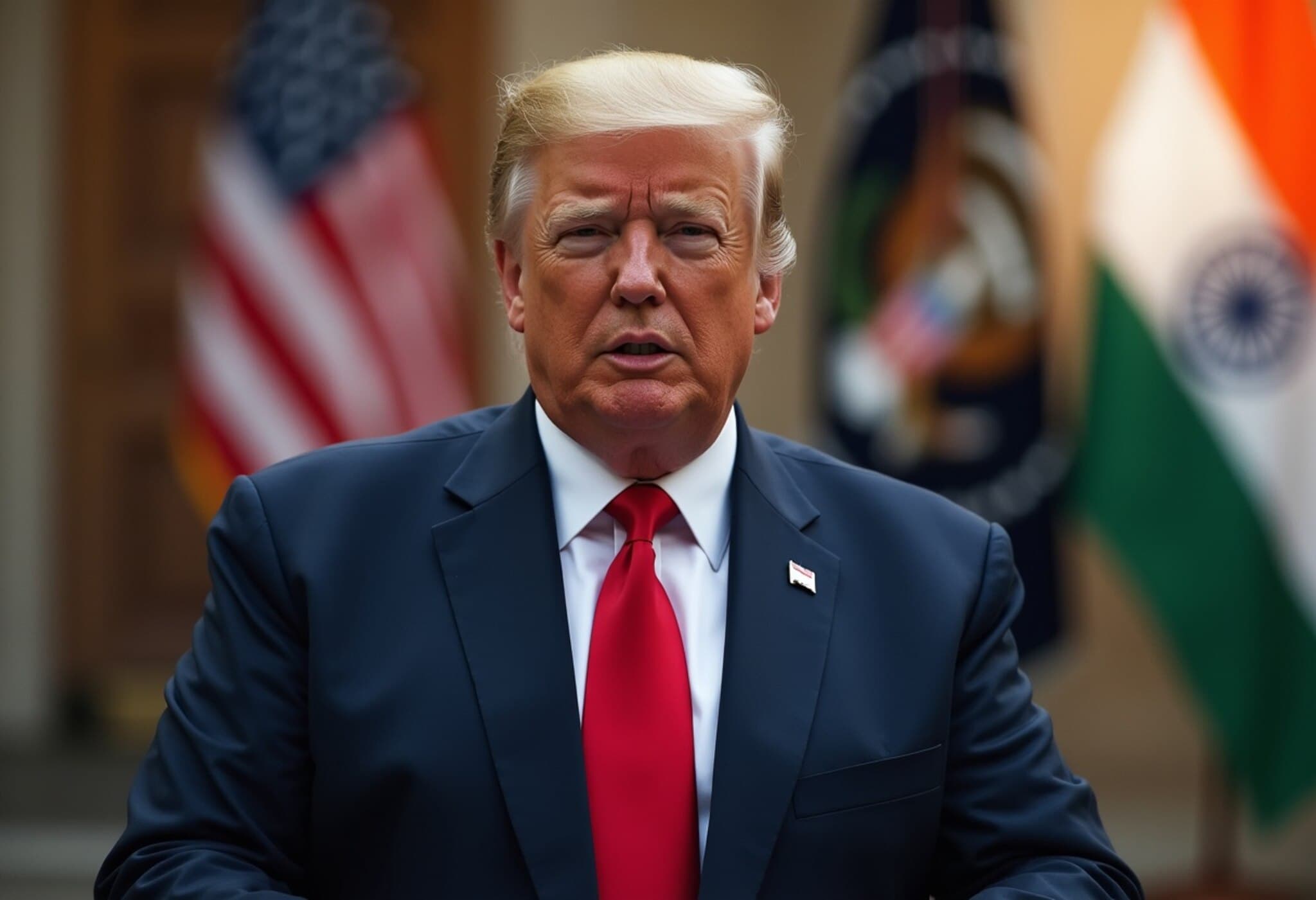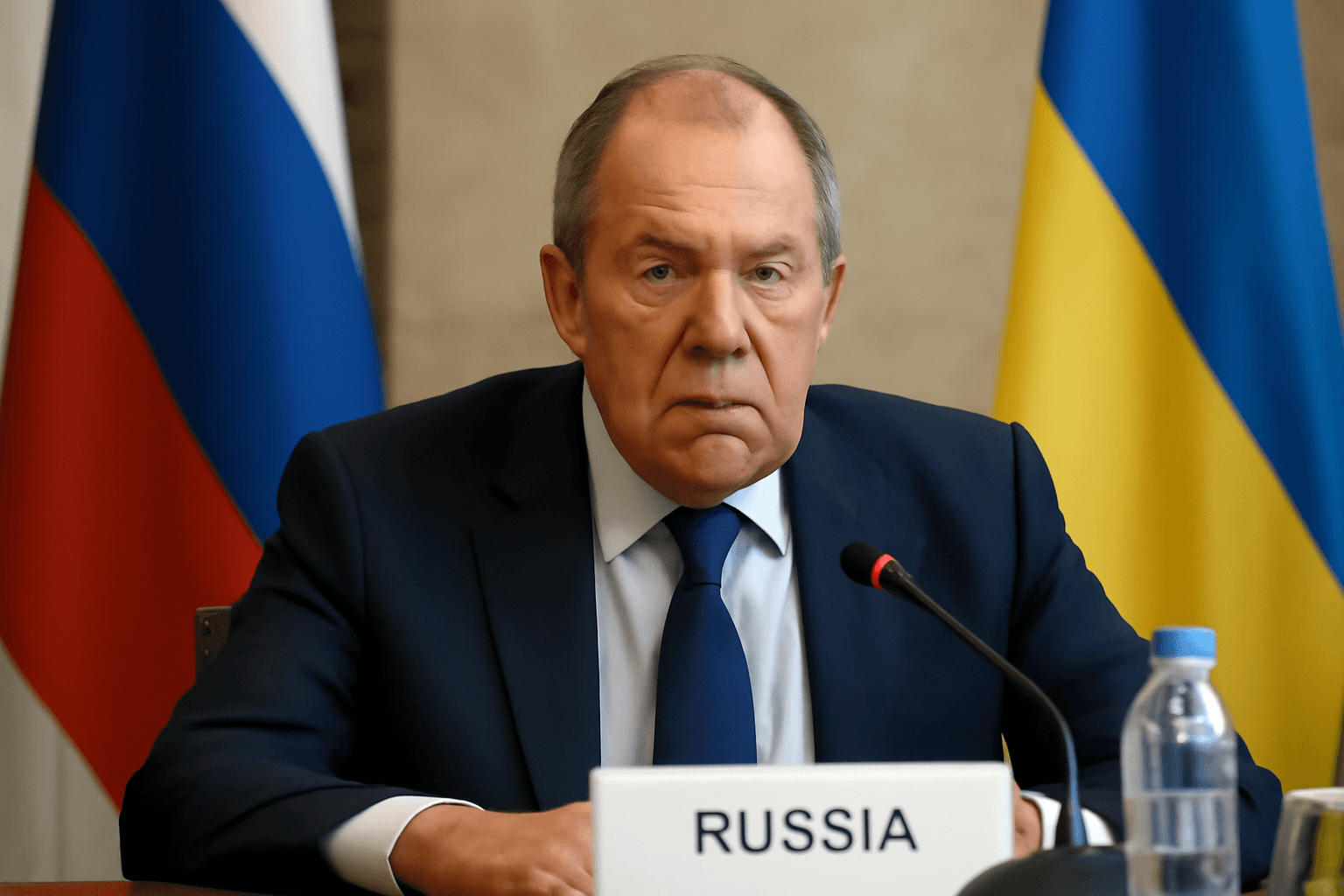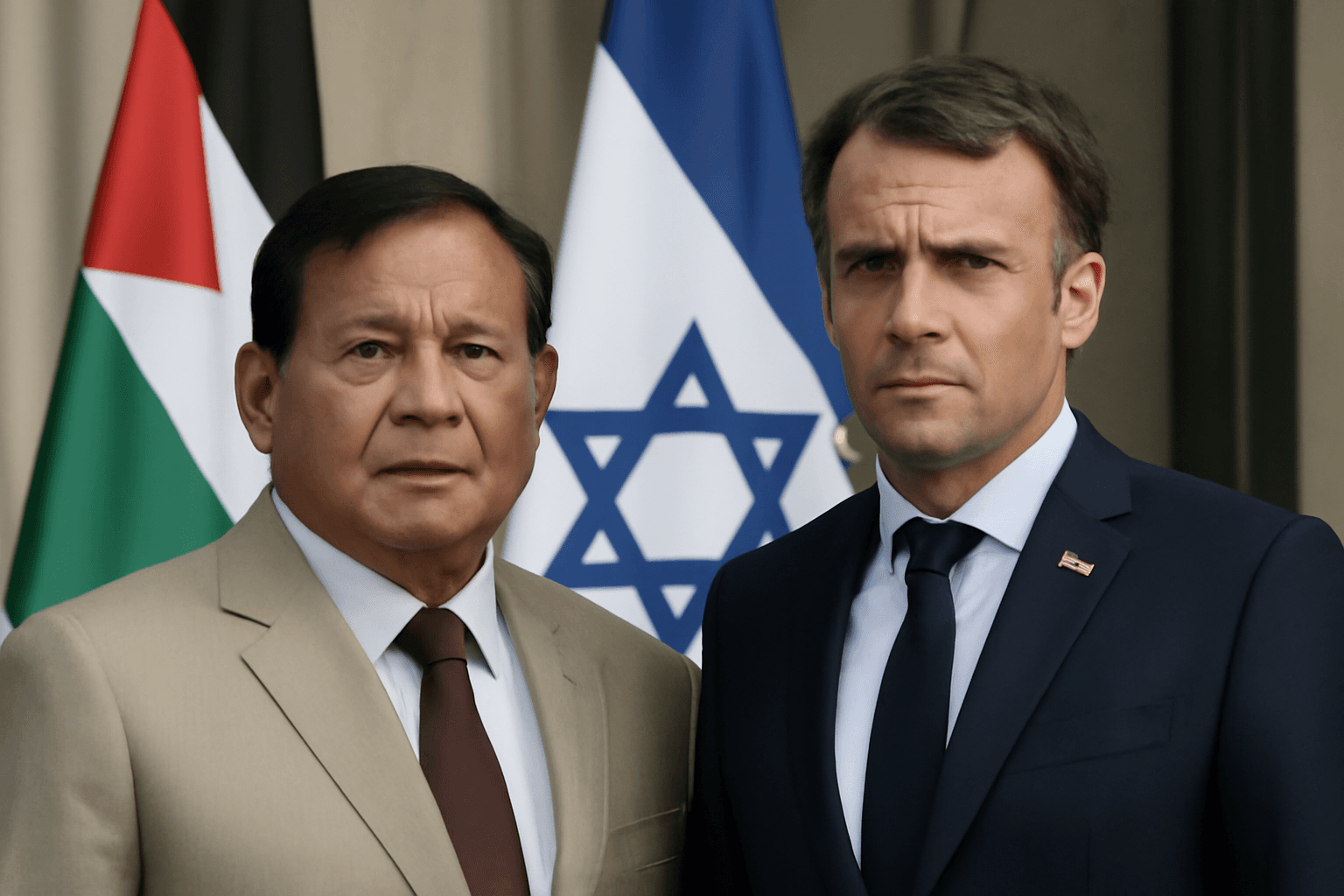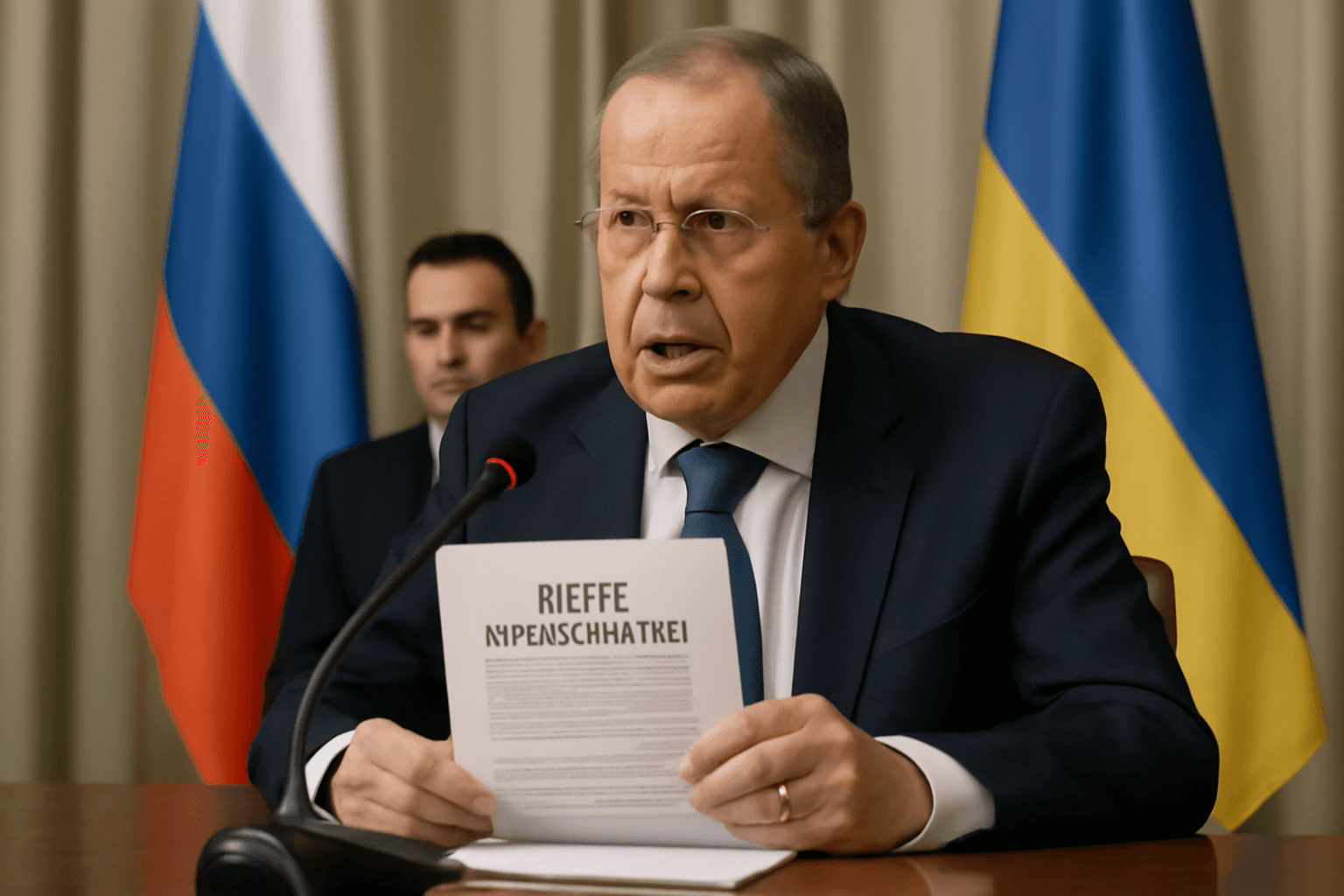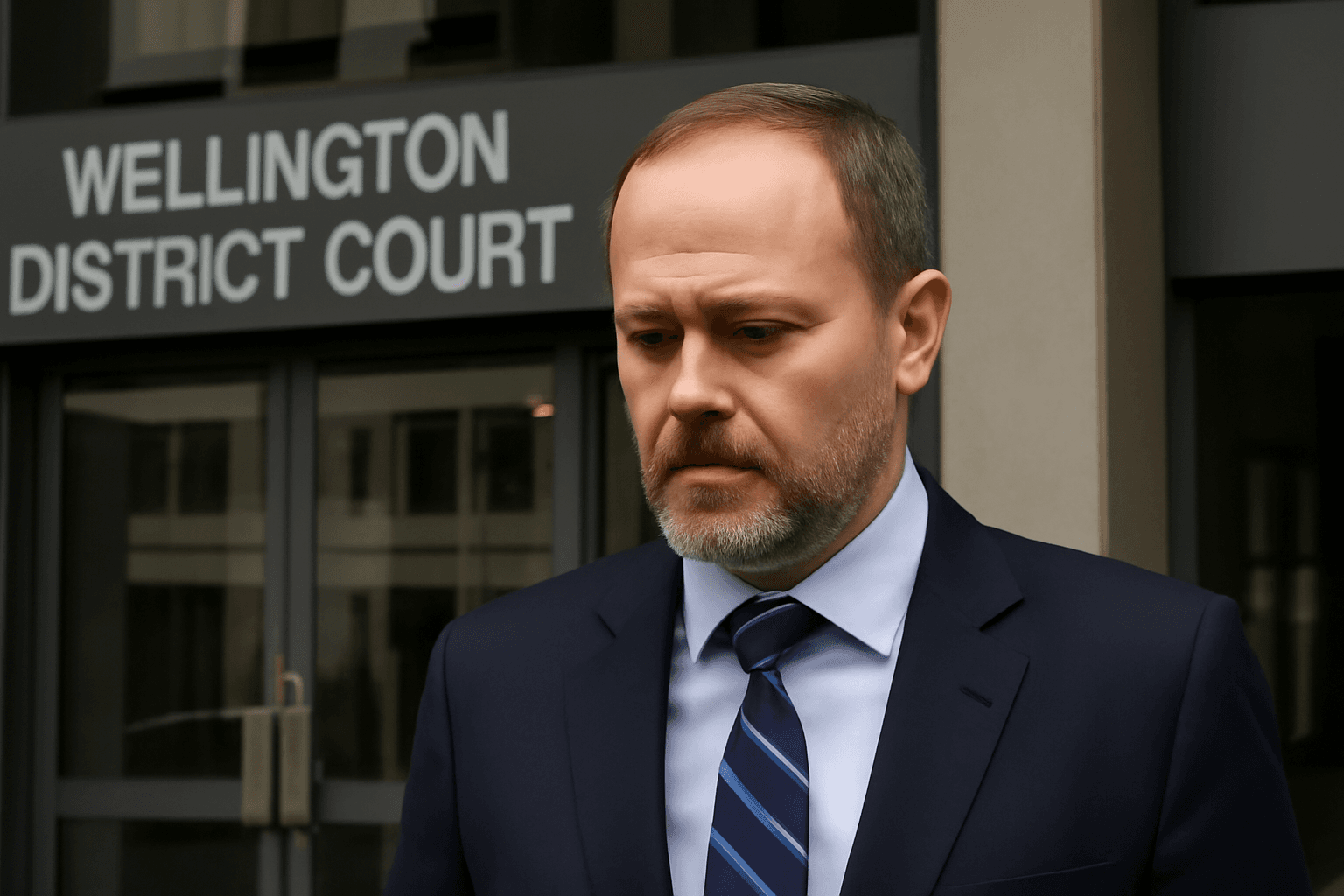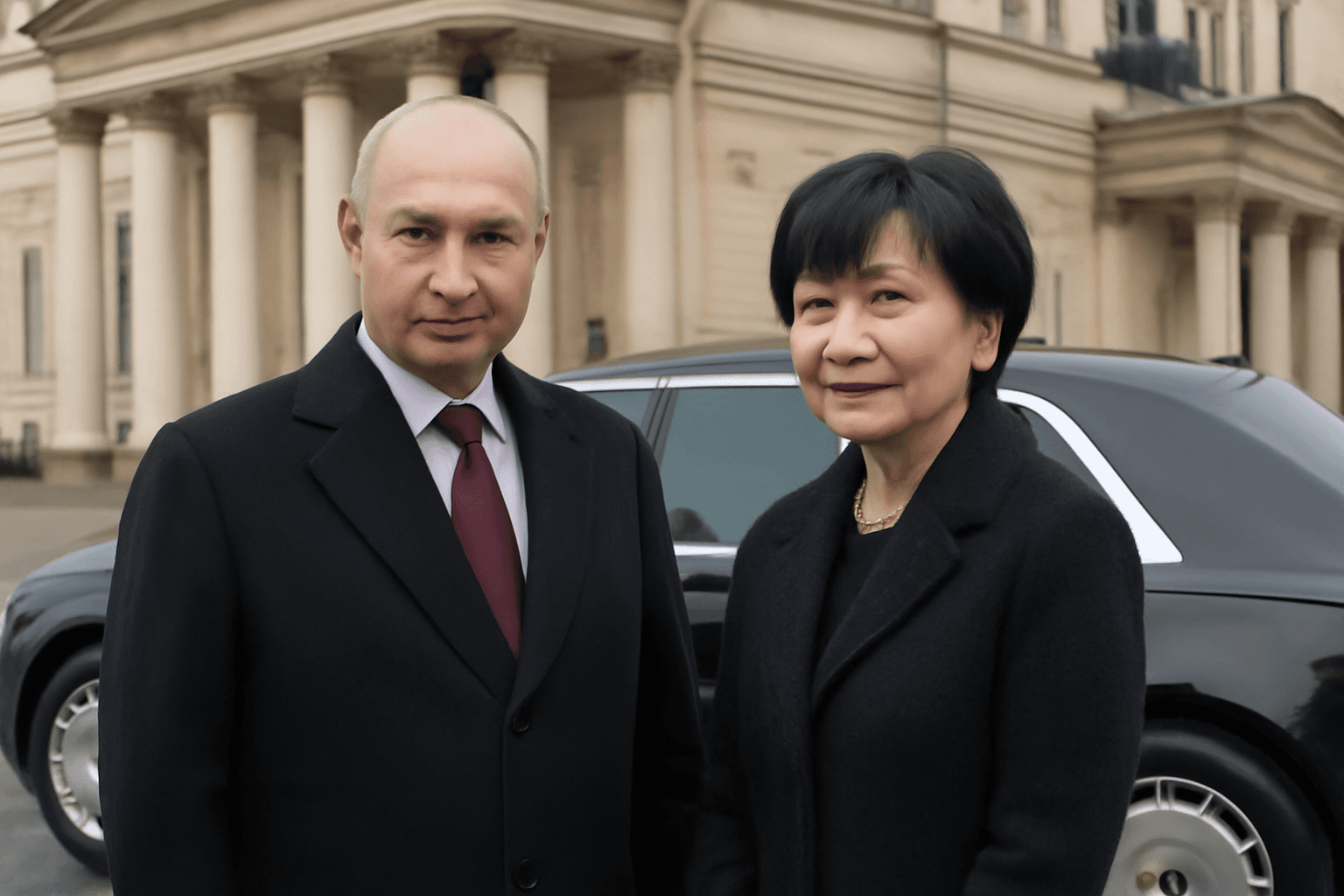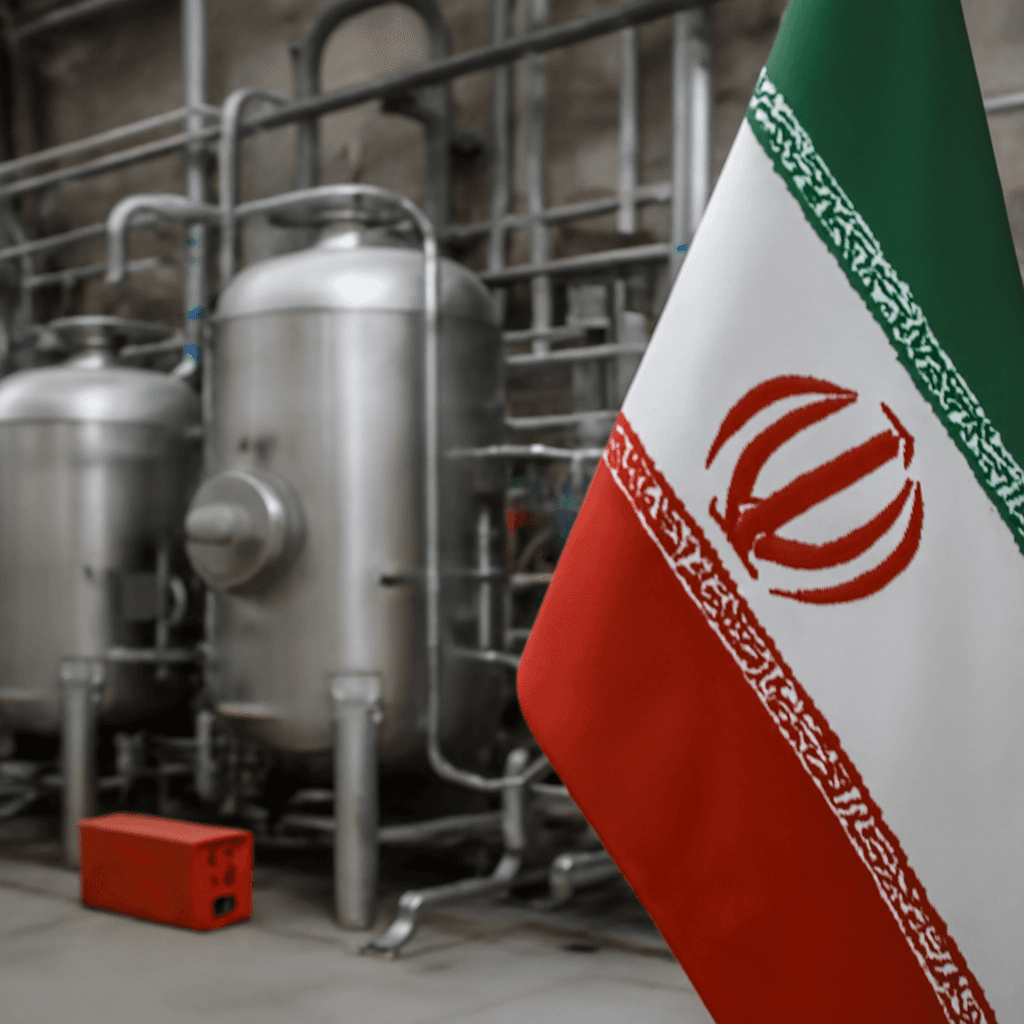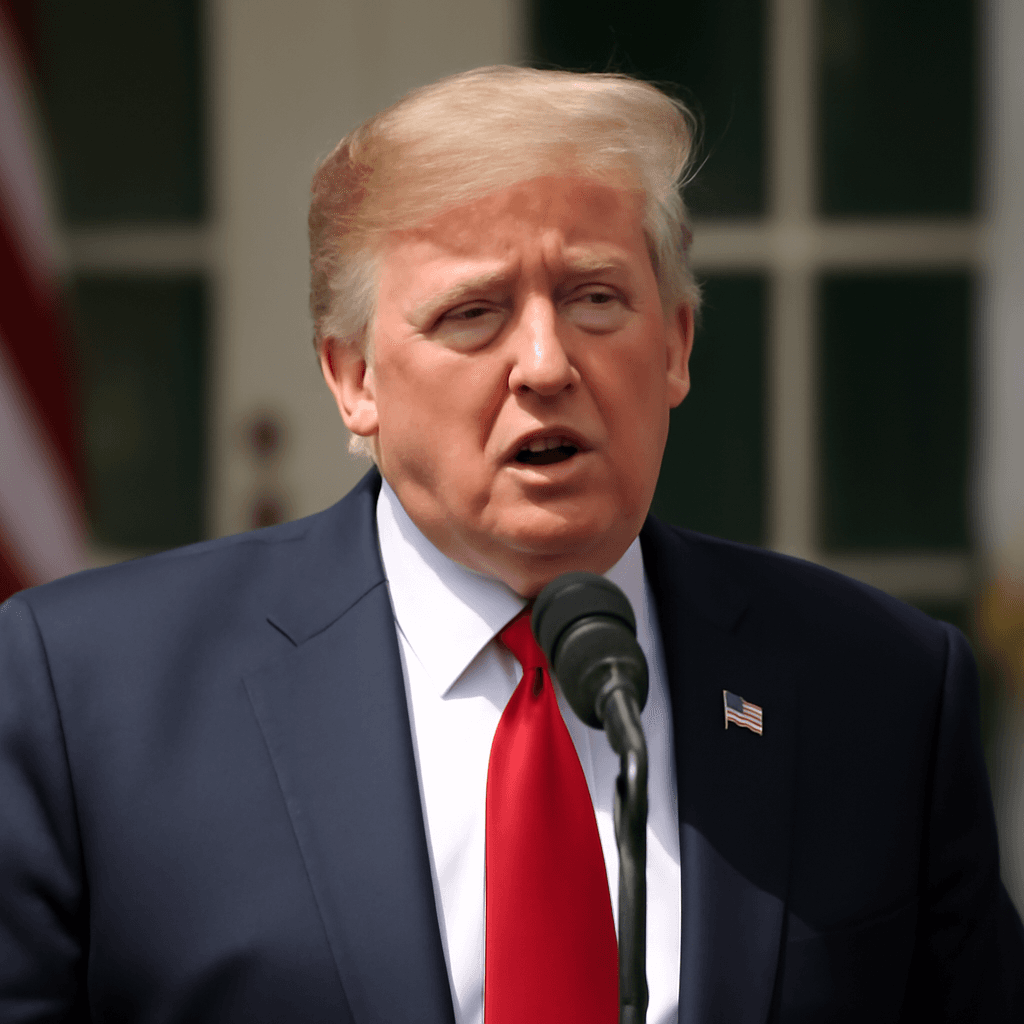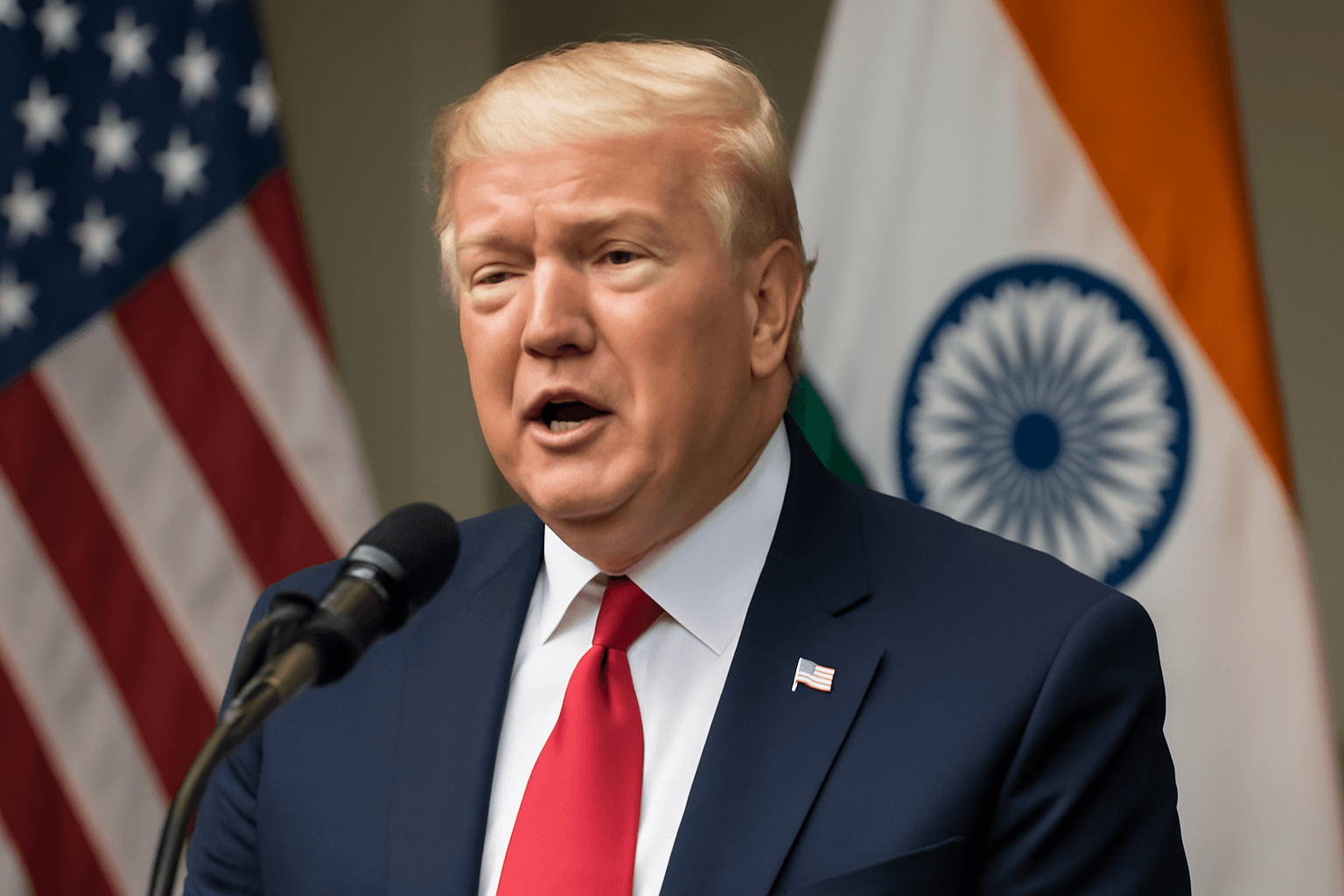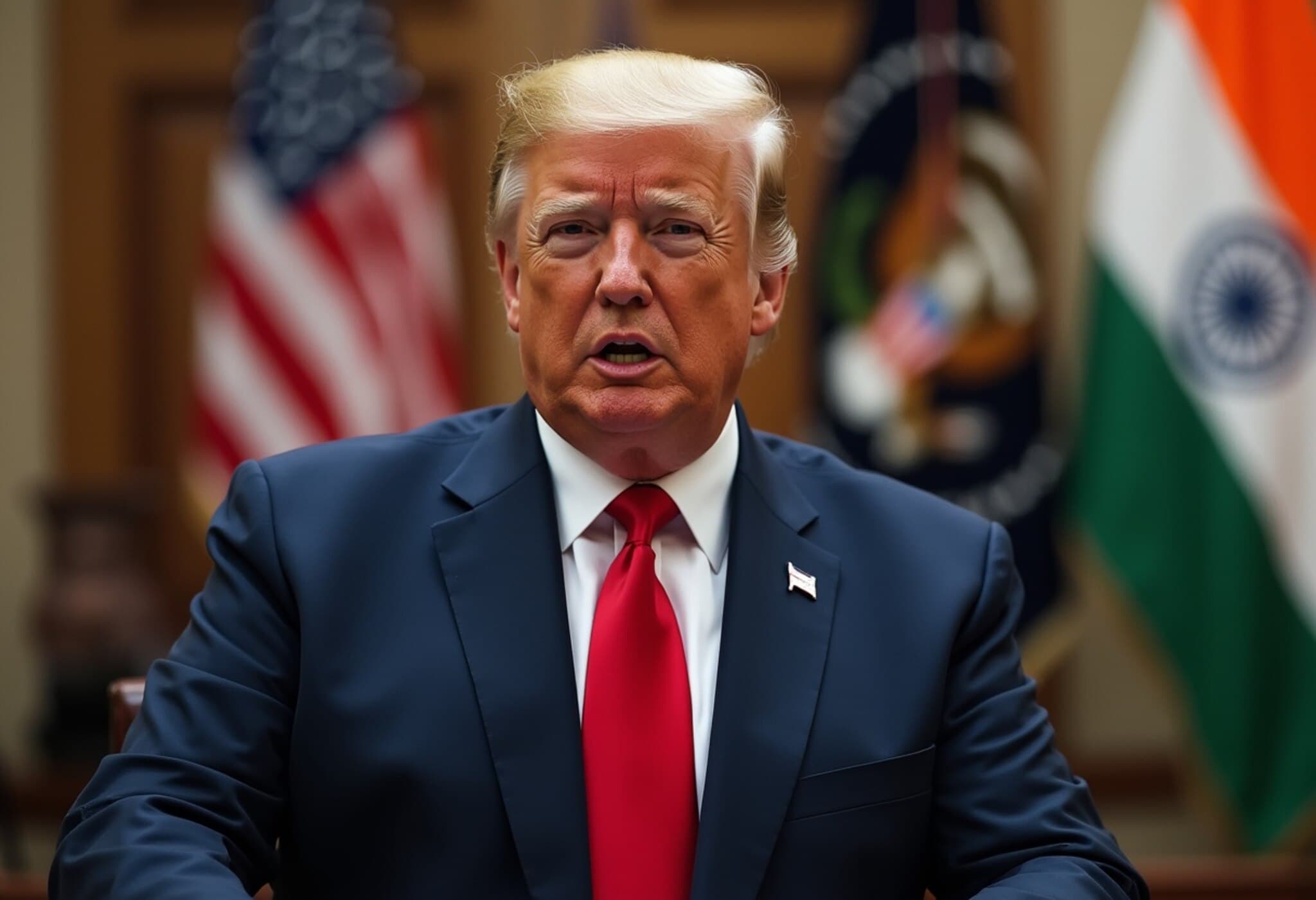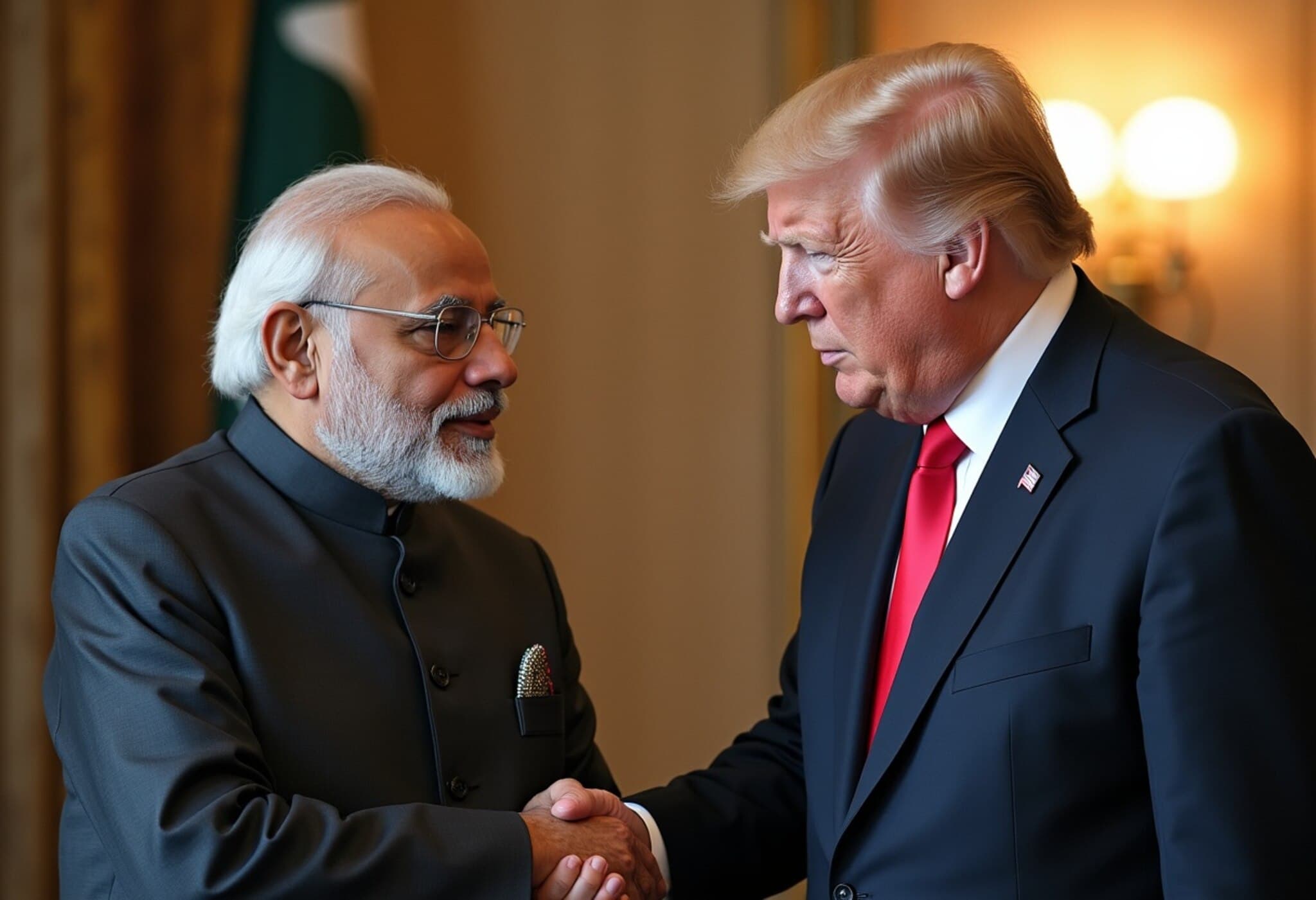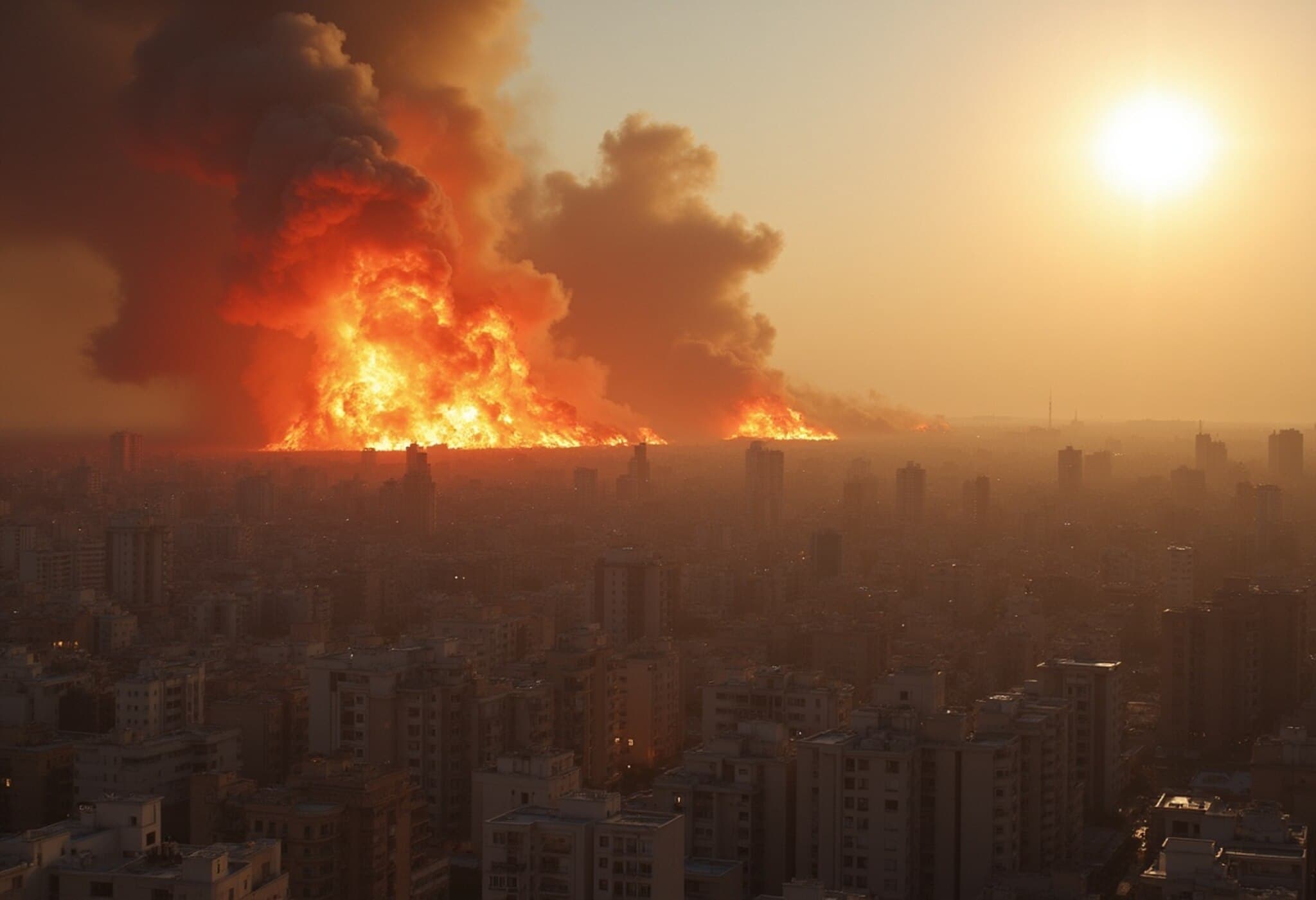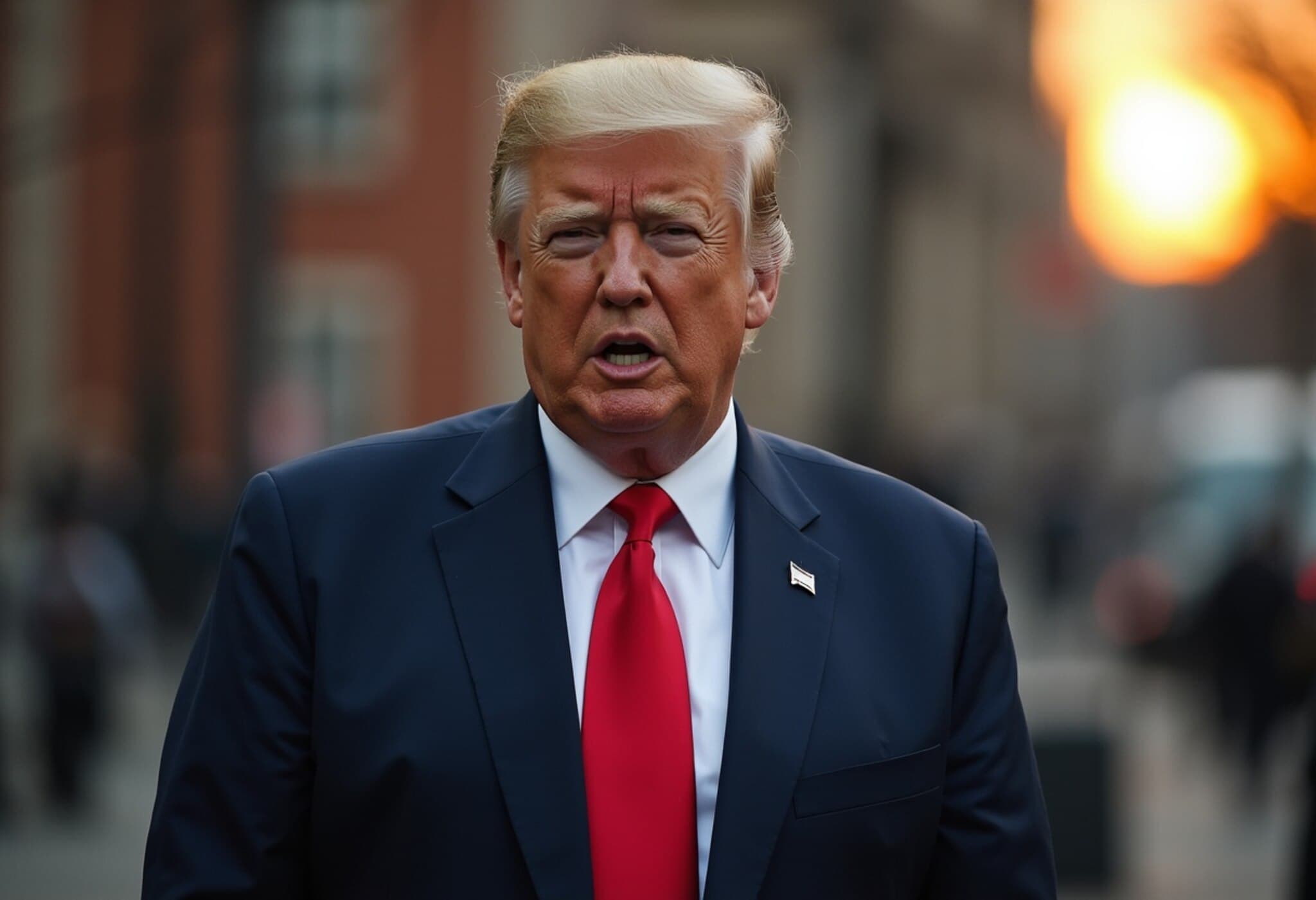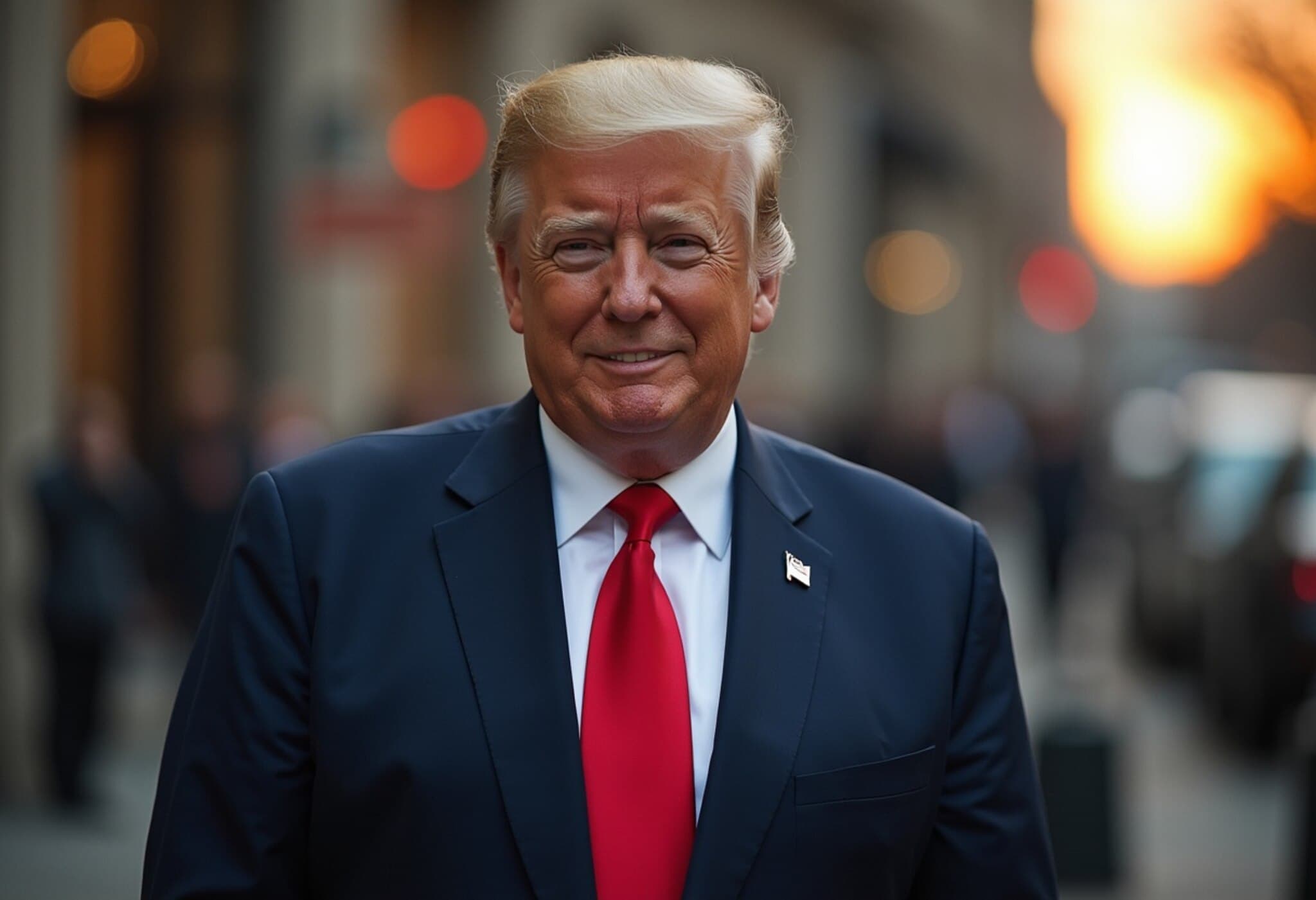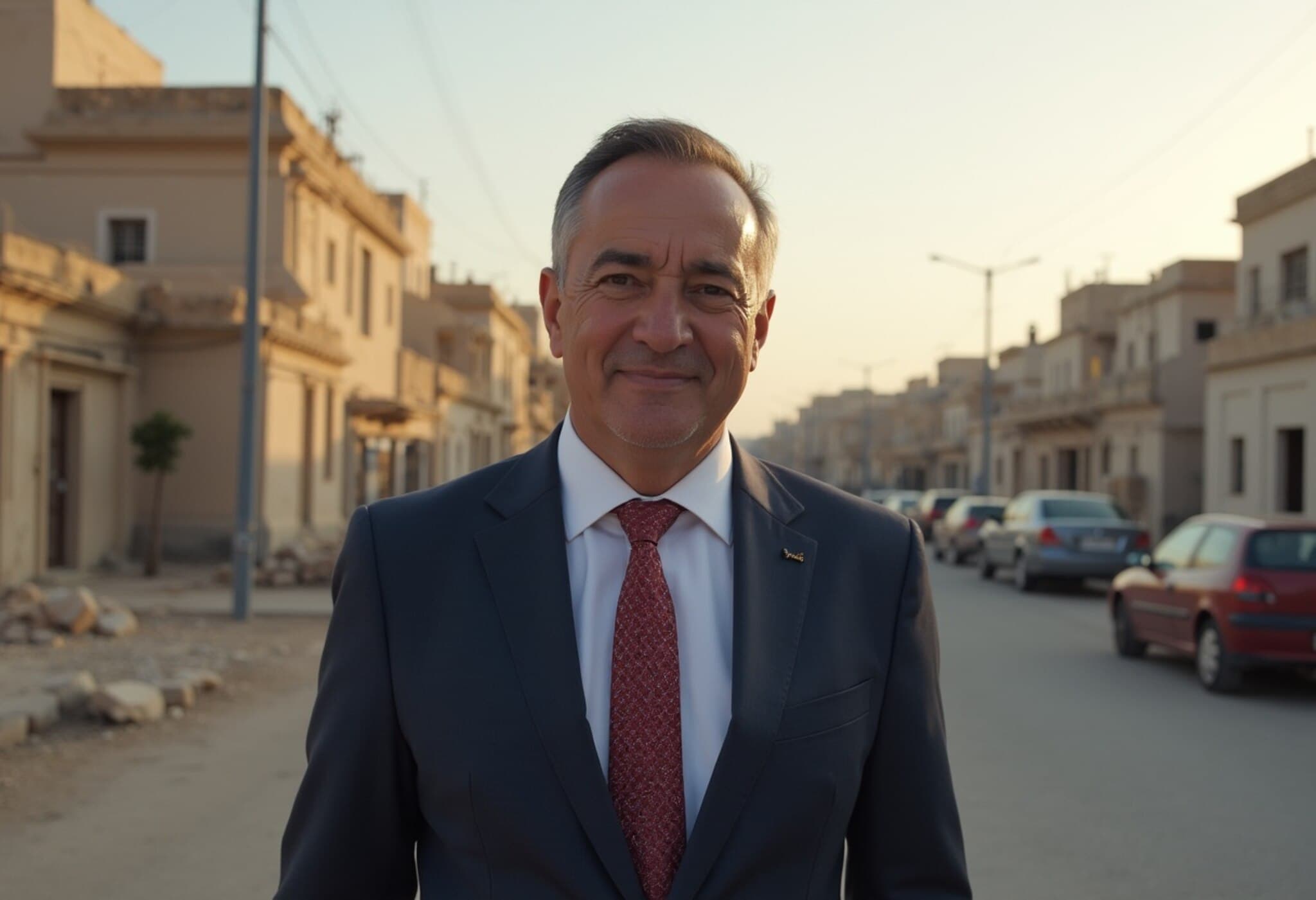Trump Reiterates Role in India-Pakistan Ceasefire, Warns of Nuclear Escalation
On August 15, 2025, US President Donald Trump once again asserted that he played a central role in de-escalating heightened tensions between India and Pakistan — two nuclear-armed rivals whose conflict has long captured global attention. Speaking from the White House Oval Office, Trump claimed the conflict could have spiraled into a nuclear war if left unchecked.
"If you look at Pakistan and India… planes were being knocked out of the air. Six or seven planes came down. They were ready to go, maybe nuclear. We solved that," Trump stated, emphasizing what he described as a significant diplomatic win. These comments came on the eve of his high-stakes meeting with Russian President Vladimir Putin in Alaska, where he plans to press for progress in ending the protracted Ukraine war.
Background: A Complex Ceasefire Between Historic Rivals
Since May 10, when Trump first publicly claimed that India and Pakistan had agreed to a “full and immediate” ceasefire, he has repeatedly taken credit for this breakthrough. He also suggested that the United States had leveraged potential trade incentives to encourage the ceasefire: “I told them America will do a lot of trade if they stopped the conflict,” he remarked.
However, official Indian statements emphasize a different narrative. New Delhi maintains that the cessation of hostilities resulted from direct, sustained talks between the Directors General of Military Operations (DGMOs) of the Indian and Pakistani militaries — a conclusion reflecting years of complex diplomacy and regional pressures rather than external intervention alone.
Trump’s Broader Foreign Policy Claims
Beyond South Asia, Trump expanded on his recent claim that he has "solved six wars in six months," a statement that has drawn skepticism from experts who observe ongoing conflicts worldwide.
Turning to Ukraine, Trump admitted he initially considered the Russia-Ukraine conflict to be "the easiest one" to resolve but now acknowledges it remains the toughest geopolitical challenge. Speaking about his upcoming meeting with Putin, he said:
"I think that President Putin would like to see a deal. I think if I weren’t president, he would take over all of Ukraine. It’s a war that should have never happened."
Trump further asserted his strong stance against Putin’s expansionist aims, asserting that his presidency prevents Russia from overtaking Ukraine entirely. He expressed cautious optimism about the negotiations ahead, including a proposed summit involving himself, Putin, and Ukrainian President Volodymyr Zelenskyy, potentially with European leaders present.
Expert Commentary: The Realities Behind Diplomatic Narratives
While Trump's claims evoke a narrative of decisive leadership, regional analysts caution about oversimplification. The India-Pakistan ceasefire is the outcome of multifaceted military dialogues and international diplomatic pressures, including bilateral and multilateral efforts spanning decades.
Moreover, the volatile nature of South Asia’s nuclear dynamics demands rigorous, transparent diplomacy rather than singular claims of credit. Former US diplomats specializing in South Asian affairs suggest that while US engagement is significant, attributing the nuanced ceasefire solely to Trump overlooks the interplay of regional actors, intelligence sharing, and international mediation.
Looking Ahead: The Importance of Sustained Engagement
The upcoming meetings between the US, Russia, and Ukraine have potential implications beyond the immediate conflicts. They will test the efficacy of diplomatic strategies in resolving contemporary wars marked by deep-rooted political and territorial disputes.
As for India and Pakistan, sustaining peace remains contingent on building trust through continued dialogue, confidence-building measures, and addressing core issues like Kashmir’s status — challenges that long outlast any single political figure’s tenure.
Editor’s Note
President Trump's emphatic claims highlight the power of narrative in shaping international perceptions, yet they also raise important questions about diplomatic credit and the complexity behind peace processes. As global tensions evolve, especially involving nuclear-armed states, the world must look beyond headlines to understand the delicate balance behind each ceasefire or negotiation. Will future US administrations build on these efforts or seek new approaches? How do regional actors view external interventions, and what lessons can be learned for global conflict resolution?
In a time where war and peace hang by fragile threads, critical scrutiny and informed dialogue remain essential for any lasting security.
With inputs from global political analysts and regional security experts.

